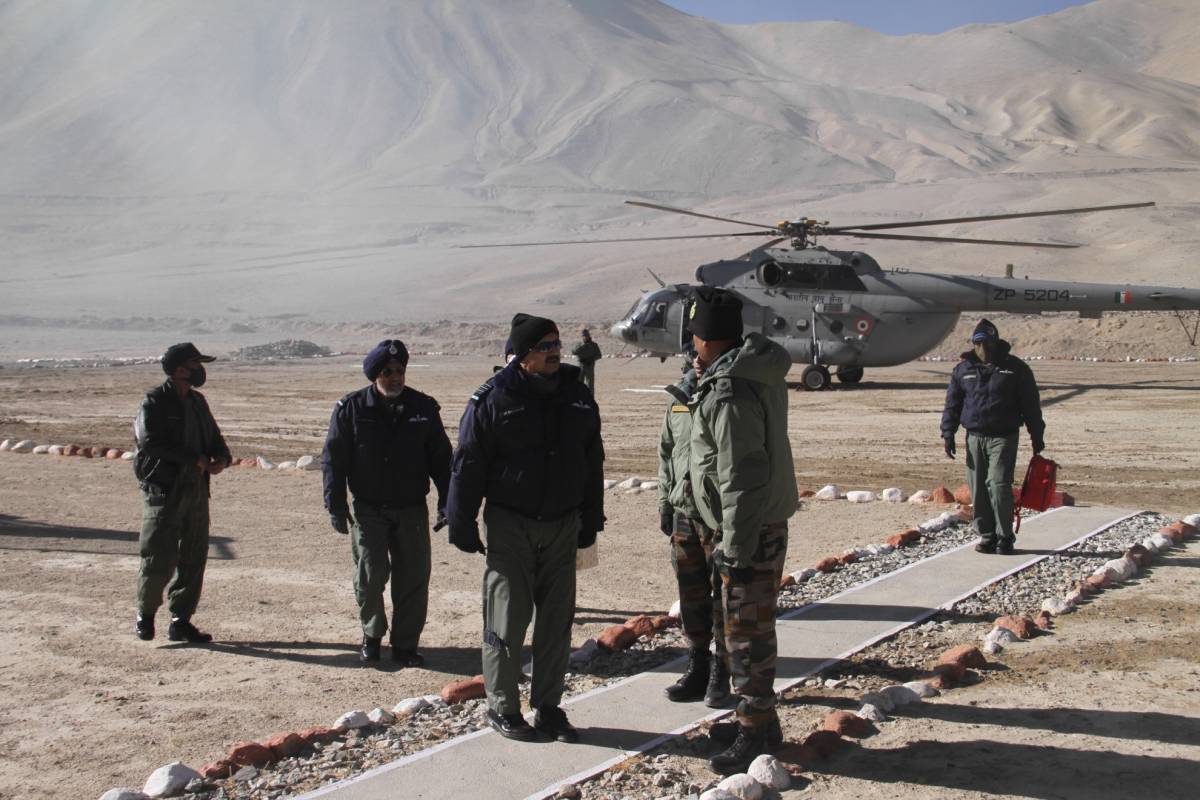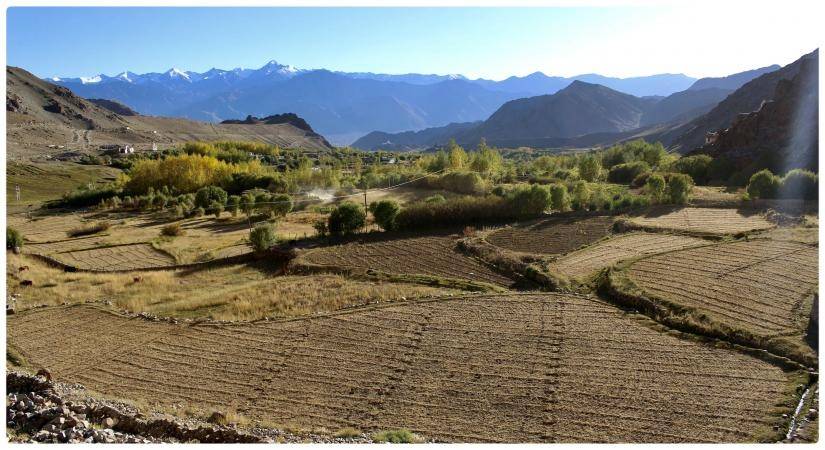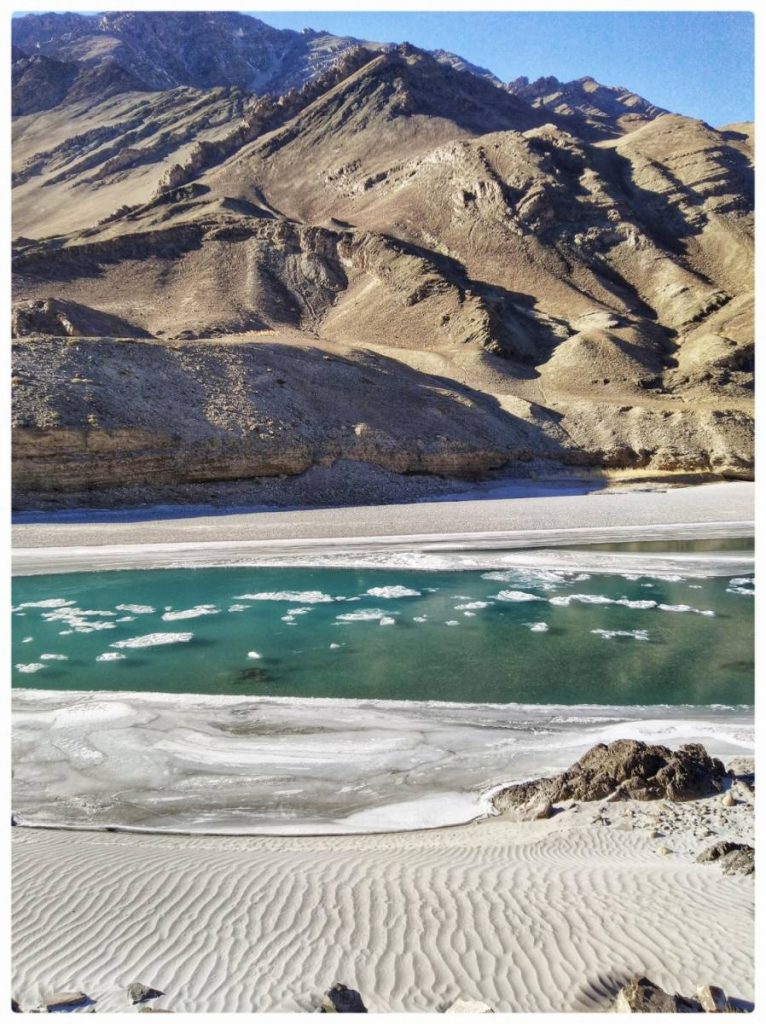Drawing upon more than 309 million verified reviews from real travellers, Booking.com a global leader in connecting travellers with the widest choice of incredible places to stay, great things to do and transport options, revealed the Most Welcoming Regions in India according to its 12th Annual Traveller Review Awards. Himachal Pradesh topped the list of the Most Welcoming Region in India followed by Goa and Kerala. Mararikulam, Jaisalmer, Bir, Leh and Manali were named the top 5 Most Welcoming Cities in India.
India has 13,348 accommodation partners this year that are being recognised for their excellent service and hospitality with the Traveller Review Award 2024. They received over 1,189,000 reviews and an average review score of 8.8.
2024’s Most Welcoming Regions in India
Traveller Review Award 2024 list of the Most Welcoming Places in India showcases a vast range of destinations from across the country. From scenic backwaters to historical marvels and pristine beaches to mountain escapes, this year’s destinations have been identified based on the share of accommodation providers receiving a Traveller Review Award 2024.
Most Welcoming Regions in India (2024)
Himachal Pradesh
Goa
Kerala
Rajasthan
Goa
Most Welcoming Regions in India (2023)
Puducherry
Kerala
Rajasthan
Uttarakhand
Himachal Pradesh
2024’s Most Welcoming Cities in India
To help travellers have the most welcoming experiences possible for a really unforgettable trip in 2024, here is the list of the Most Welcoming Cities in India as evidenced by more than 309 million verified customer reviews on Booking.com. Mararikulam with its scenic backwaters, lush countryside lined with coconut trees and peaceful beaches coupled with excellent hospitality has been announced as the Most Welcoming city in India. Jaisalmer, known for its rich heritage and Bir, known for ecotourism, spiritual studies and meditation took the 2nd and 3rd spots.
Most Welcoming Cities in India (2024)
Mararikulam (Kerala)
Jaisalmer (Rajasthan)
Bir (Maharashtra)
Leh (Jammu & Kashmir)
Manali (Himachal Pradesh)
Thekkady (Kerala)
Dharamshala (Himachal Pradesh)
Kasol ((Himachal Pradesh)
Pushkar (Rajasthan)
Jodhpur (Rajasthan)
Most Welcoming Cities in India (2023)
Palolem (Goa)
Agonda (Goa)
Mararikulam (Kerala)
Hampi (Karnataka)
Khajuraho (Madhya Pradesh)
Thekkady (Kerala)
Jaisalmer (Rajasthan)
Bir (Maharashtra)
Munnar (Kerala)
Varkala (Kerala)
Bengaluru Houses Most Awarded Properties, Followed By Manali
Booking.com Traveller Review Awards also recognised Bengaluru (402) as the city with the most-awarded properties in India followed by Manali (342), New Delhi (339), Jaipur (277) and Udaipur (250). The most-awarded property type in India is hotels and then homestays and apartments.
Santosh Kumar, Country Manager, India, Sri Lanka, Maldives and Indonesia at Booking.com said “Hospitality is an integral part of India’s rich culture and heritage. We are known for our warm and welcoming people who make guests feel at home. Embodying this spirit are our accommodation partners whose excellent hospitality and service transform guest journeys into memories and elevate travel from ordinary to exceptional every day. To everyone receiving an award this year, we salute your dedication and passion – we couldn’t do what we do without you.”
ALSO READ-ATM 2024 highlights preferences of GCC outbound travellers










